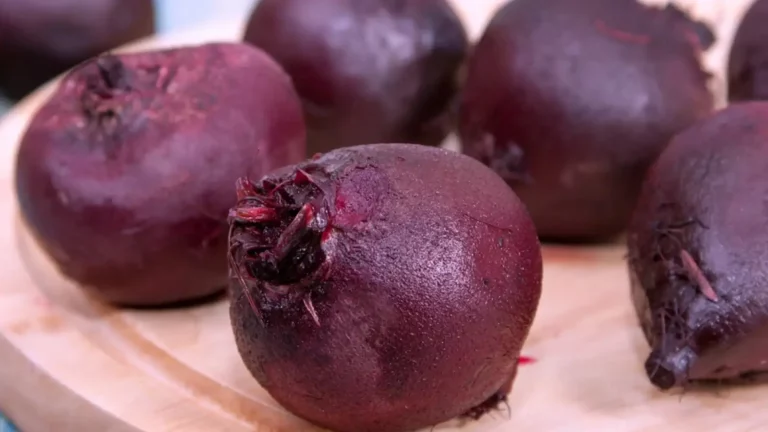
Many health experts suggest incorporating fish into your meals once or twice a week. This protein source is a cost-effective method to introduce high-quality nutrients into your diet. “Fish is a high-quality, lean protein to add to your eating routine for healthy muscles, bones, tissue, and skin,” stated Valerie Agyeman, RD, a women’s health dietitian (via Good Housekeeping). Salmon is renowned as one of the healthiest fish varieties, offering a rich source of omega-3 fatty acids, calcium, and protein (via Everyday Health).
Although it’s advised to consume about 8 ounces of salmon weekly, exceeding that amount is not recommended. As per Harvard Health Publishing, excessive salmon intake may increase your risk of mercury poisoning. Most seafood contains trace mercury, with some options containing higher levels than others. Imported swordfish, imported marlin, shark, tilefish, king mackerel, bluefin tuna, and bigeye tuna steaks are high in mercury (via WebMD). While salmon is relatively low in mercury, individuals consuming large amounts weekly have shown elevated mercury levels.
Should you be worried about mercury poisoning?

While it’s crucial to understand the risks of mercury poisoning, the average person typically doesn’t need to be overly concerned about this issue. According to the FDA, children under three should consume approximately two ounces of fish weekly, those under ten should eat four to six ounces weekly, and children aged 11 and older should consume about eight ounces weekly. By adhering to the recommended weekly intake and selecting low-mercury fish types, you can generally avoid mercury poisoning concerns.
As per Keck Medicine of USC, halibut, grouper, mahi-mahi, albacore tuna, and canned tuna are regarded as low-mercury fish. Although many tuna types are high in mercury, canned tuna is typically low and deemed safe for most individuals. “Tinned tuna is a very low source of mercury, so people would have to be eating at least three cans a day for about six months before it really became a concern,” explained Melanie McGrice, an accredited practicing dietitian (via Vice). If you’re worried about your fish consumption, consult your doctor.




